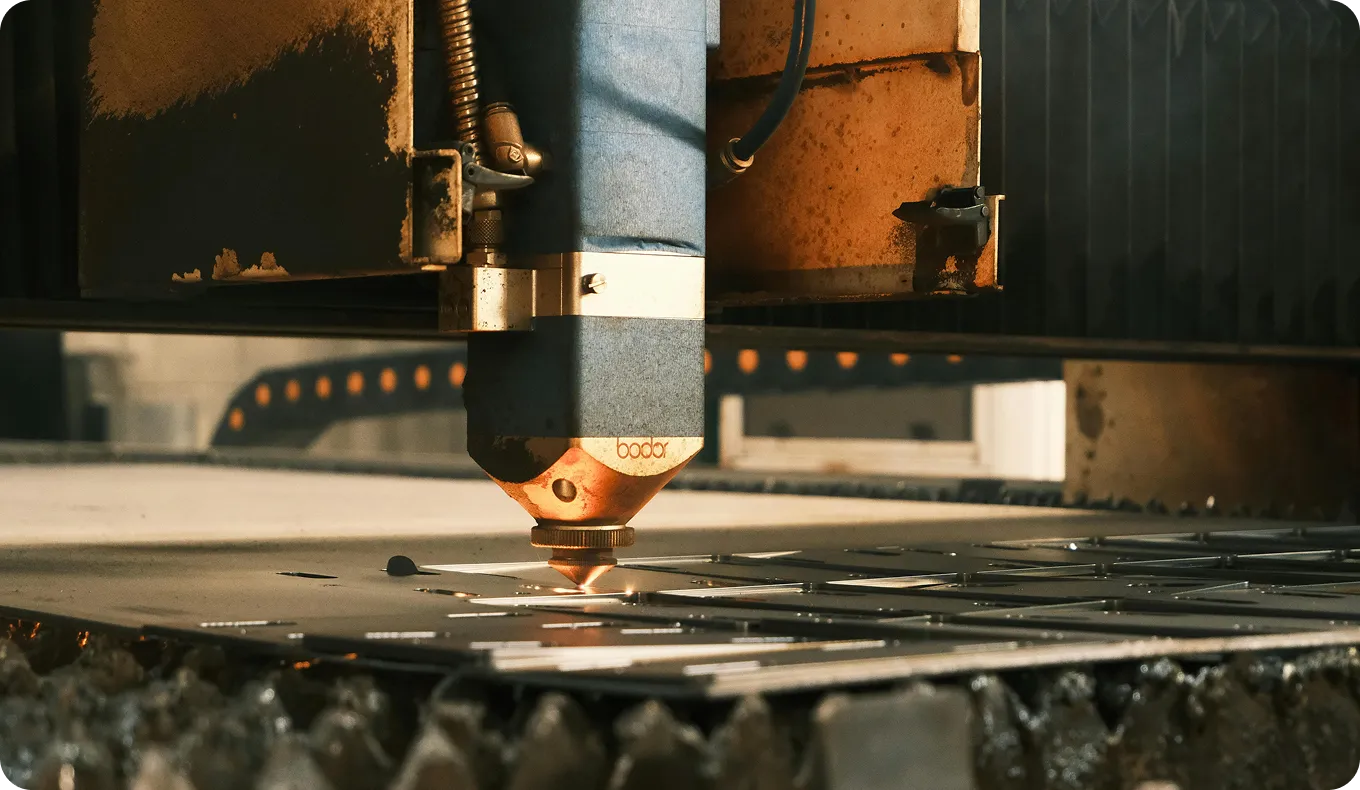Knowledge Graph
Discover how knowledge graphs revolutionize AI by modeling complex relationships, enabling semantic search, personalized recommendations, and more.
A knowledge graph is a model that organizes and connects information from various sources to represent knowledge about a domain in a structured, human-like way. Unlike a traditional database that stores data in tables, a knowledge graph captures information as a network of entities (real-world objects, events, situations, or abstract concepts) and the relationships between them. This structure allows AI systems to understand context, draw inferences, and answer complex questions more effectively than by simply matching keywords. The concept is a core component of the Semantic Web, aiming to make internet data machine-readable.
The structure of a knowledge graph consists of nodes (entities), edges (relationships), and properties (attributes describing entities). For example, in a graph about movies, "Leonardo DiCaprio" would be an entity node, "acted in" would be a relationship edge, and "Titanic" would be another entity node. The "Leonardo DiCaprio" node might also have properties like "Date of Birth." Prominent public knowledge graphs include Google's Knowledge Graph and open-source projects like DBpedia.
Applications in AI and Machine Learning
Knowledge graphs are integral to numerous intelligent applications:
- Semantic Search: Search engines use knowledge graphs to understand the intent behind queries and provide more relevant, contextual results beyond simple keyword matching. This allows them to answer direct questions like "who is the CEO of Apple" by traversing the graph.
- Recommendation Systems: By modeling relationships between users, items, and their attributes, knowledge graphs enable more sophisticated and personalized recommendations in areas like AI in retail and content streaming.
- Question Answering and Chatbots: Knowledge graphs provide structured knowledge that allows AI systems to answer complex questions by navigating entity relationships, enhancing the capabilities of conversational AI.
- Data Integration: Knowledge graphs can unify data from disparate sources, creating a consistent and interconnected view of information across an organization. This is vital for Big Data analytics and is often queried using languages like SPARQL.
- Enhancing Other AI Models: Knowledge graphs can provide contextual background knowledge for other AI tasks. For instance, in Computer Vision (CV), a graph could link objects identified by models like Ultralytics YOLO11 to information about their properties or functions, leading to richer scene understanding. Platforms like Ultralytics HUB manage the datasets and models that can leverage this structured knowledge.
Real-World Examples
- E-commerce Personalization: An online retailer uses a knowledge graph connecting customers, products, brands, categories, viewing history, and purchase data. When a user searches for "running shoes," the graph helps the system understand related concepts (e.g., "marathon," "trail running") and user preferences to provide highly personalized results and recommendations for complementary products. This enhances the overall customer experience.
- AI Solutions in Healthcare: A medical research institution builds a knowledge graph linking diseases, symptoms, genes, medications, and research publications from sources like PubMed. This allows researchers to query complex relationships, such as "Find drugs that target protein X and are used to treat disease Y," accelerating drug discovery and improving diagnostic support for medical image analysis.







.webp)
